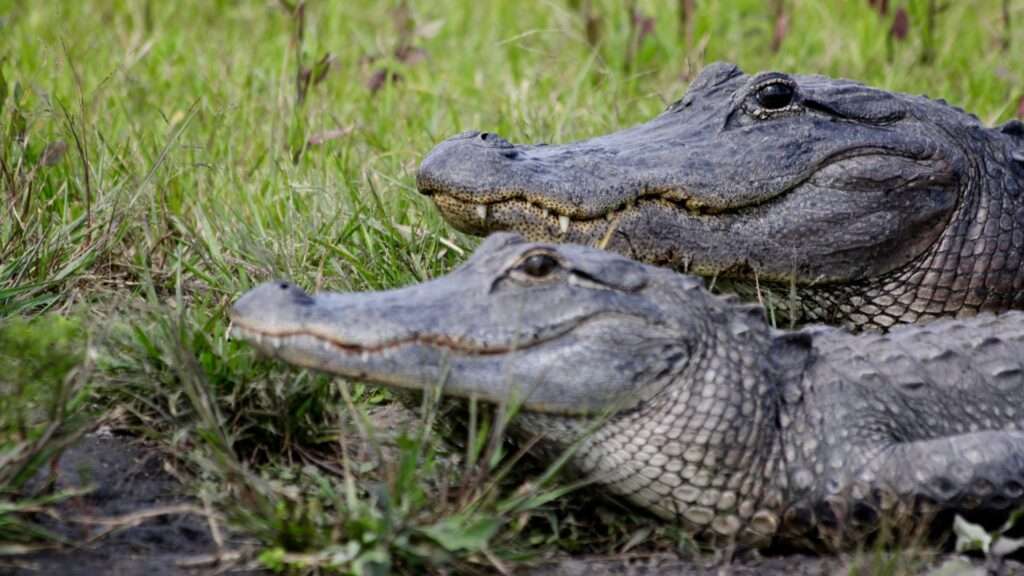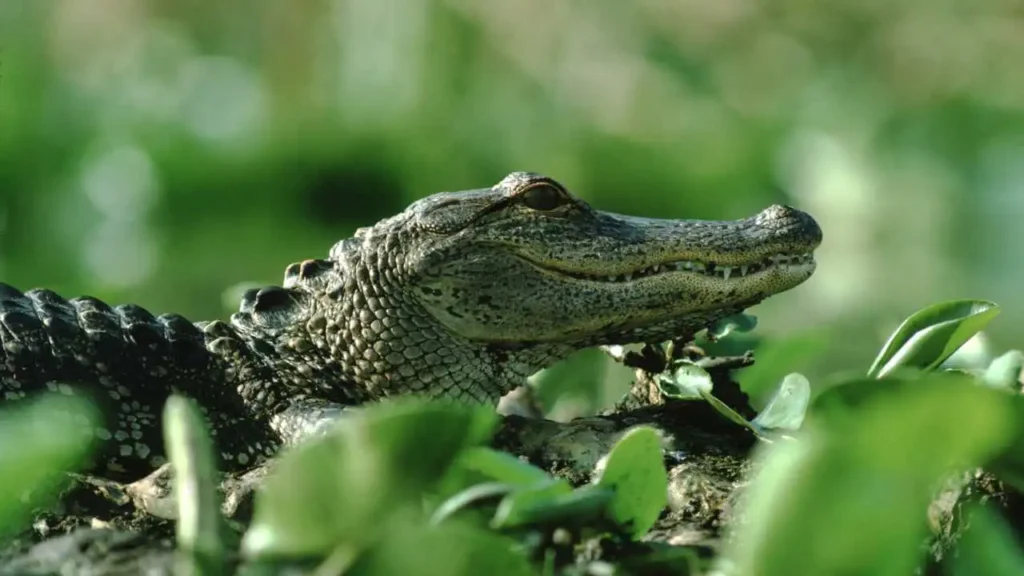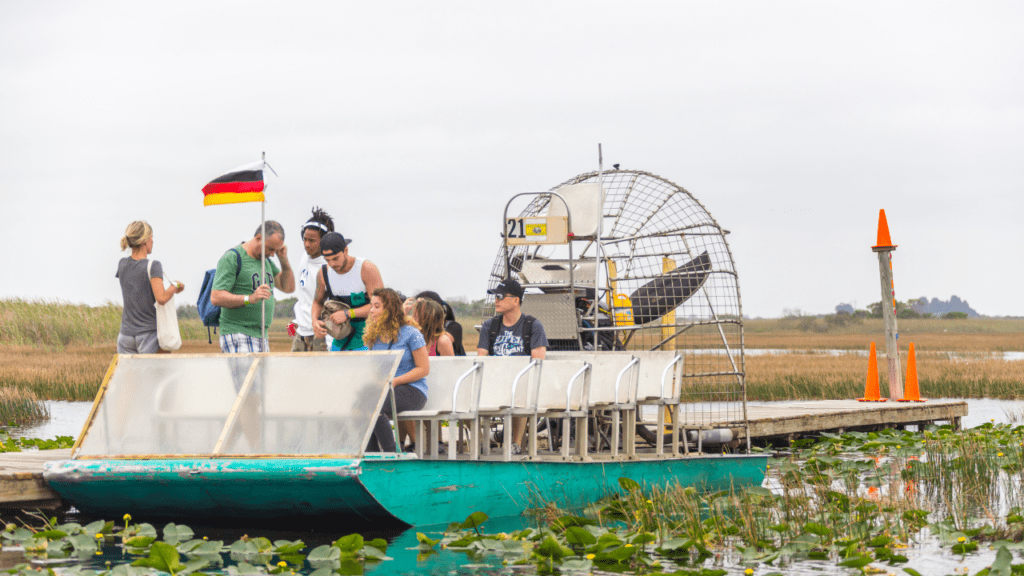
The American alligator is one of Florida’s most iconic and fascinating creatures. As an apex predator, this powerful reptile commands both respect and curiosity from wildlife enthusiasts and researchers alike. While their hunting prowess is well-known, fewer people are familiar with the unique and complex process of alligators mating. So, when do alligators mate, and how exactly does this ancient reptile ensure the survival of its species? Let’s break it down.
When Does Alligator Mating Season Start?
Florida’s warm spring weather marks the start of a critical period for alligators: alligator mating season. Typically, alligators mating rituals begin as early as April, when temperatures rise and the reptiles become more active after winter’s chill. The actual mating usually takes place from May to June, though variations in climate can shift this window slightly. A particularly cool spring can delay mating until late June or even early July.
During this period, it’s wise to be cautious around freshwater lakes, marshes, and swamps in Florida. Alligators are generally not aggressive toward humans, but during alligator mating season, both males and females can become territorial and unpredictable.
The Complex Courtship Rituals of Alligators
Before we get into how alligators mate, it’s important to understand their elaborate courtship rituals. These massive reptiles—adult males can reach up to 11 feet long and weigh around 1,000 pounds—don’t simply stumble into reproduction. They follow a well-orchestrated process to find a mate.
As spring temperatures rise, male alligators begin to vocalize by bellowing deeply, sending low-frequency vibrations across the water. These bellows serve two purposes: to advertise their presence to potential mates and to warn rival males. In addition to bellowing, males engage in a “water dance” by slapping the water with their jaws and lifting their tails. This creates visible ripples and infrasonic vibrations that travel great distances underwater.
An additional part of their mating arsenal is scent. Male gators release pheromones from musk glands to attract receptive females. These behaviours set the stage for what comes next—physical interaction.
How Do Alligators Mate?
You might be wondering, how do alligators mate or even how do gators mate? Once a male and female show mutual interest, they begin direct courtship, involving tactile behaviors like rubbing snouts, pressing their backs together, and even mounting behaviors. Researchers have observed males gently pushing potential mates underwater, a behaviour believed to demonstrate strength and stimulate readiness.
Now to answer one of the most intriguing questions: how do alligators have sex? Both male and female alligators have a cloaca, a single opening that serves reproductive and excretory functions. The male’s cloaca houses his erect penis, which extends during mating. The two gators intertwine underwater and align their cloacas to facilitate alligator sex.
It’s worth noting that actual alligator sex happens discreetly and is rarely observed by researchers, as it takes place submerged and lasts only about 30 seconds to a minute. Despite the brevity, females may mate with multiple males throughout the season to maximize the chances of fertilization.
If you’re a visual learner and want to know more, many people search for how do alligators mate diagram to better understand the positioning and anatomical process involved in alligator mating.
Egg Laying and Nesting
After alligators mating ends, the female prepares to lay her eggs between June and July. The male has no further role in parenting. The female builds a nest using mud, vegetation, and other natural materials, usually within 10–20 feet of water.
A female will typically lay between 20 to 50 eggs in her nest. Once laid, she carefully covers the eggs with leaves and soil. The temperature inside the nest determines the sex of the hatchlings. Temperatures around 82–86°F produce females, while 90–93°F favors males. Intermediate temperatures result in mixed broods.
Throughout the incubation period, which lasts about 65 days, the mother remains nearby to guard the nest from predators like raccoons and snakes.
The Next Generation of Alligators
When ready to hatch, baby alligators start chirping to alert their mother. Using a specialized “egg tooth,” they break through their shells, and the mother assists by gently uncovering the nest. Once hatched, the young stay close to their mother for up to a year, benefiting from her protection.
Conclusion
The life cycle of the American alligator is a remarkable testament to millions of years of evolution. From intricate courtship displays to underwater alligator sex, the process of alligators mating is both complex and awe-inspiring. So, the next time you find yourself near a Florida wetland in spring or early summer—perhaps during an orlando alligator tour—remember, you might be witnessing the start of a new generation of this ancient predator.
By understanding how do alligators mate and the behaviors surrounding alligator mating, we not only appreciate the biology of these fascinating reptiles but also learn how to coexist safely with them during their most active seasons.




